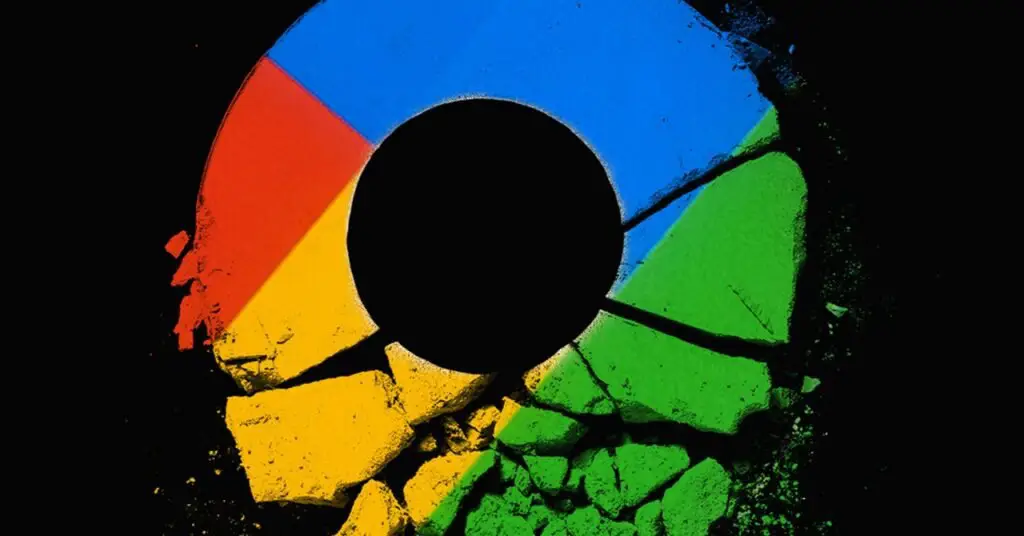Buttu, who regularly travels from her home in Haifa, Israel, to the West Bank city of Ramallah for work and to visit friends, says Google Maps has often led her astray in recent years. “I was told to drive straight into a wall that has been standing since 2003,” she says.
Others have encountered the same wall near the Qalandia checkpoint that separates Jerusalem from the West Bank, and almost driving into that wall has become something of a rite of passage. “I once tried to get to an office in a neighborhood in East Jerusalem and Google Maps completely failed me,” says Leila, who works for a U.S. company far from Ramallah and asked to do so for privacy reasons has to use only her first name. “She wanted me to go on a street that was completely cut off by the wall.”
Google’s Bourdeau tells WIRED that the company is investigating the route and will provide an update when it can verify the situation with reliable data.
Even before the war, Google Maps users in the West Bank were accustomed to receiving potentially uncertain directions. One persistent problem they point out is the fact that Google does not distinguish between unrestricted roads and those that only Israelis can use, such as those leading to and from Israeli settlements where Palestinians are not supposed to go. At one point, on the route from Haifa to Ramallah, Google Maps led Buttu to a closed gate where Israeli soldiers approached her car and pointed their weapons at her. “I had to explain that I made a mistake,” she says. Google “optimizes driving on settler roads, which can be very dangerous for me as a Palestinian.”
Bourdeau says Google does not distinguish between Palestinian and Israeli routes because doing so would require knowing personal information about users, such as their citizenship.
As Google Maps guides her to settlements, Buttu says she speaks English, hoping to pass as a lost foreigner. Other Palestinian users tell WIRED that when they unexpectedly end up in risky areas, they try to turn around or back out as quickly as possible.
In other cases, Google Maps refuses to provide directions at all, such as when navigating between West Bank cities, including Hebron and Ramallah. Instead, the app tells them that “the directions could not be calculated” (WIRED was able to reproduce the same result). One current Google employee says that’s because Google hasn’t invested in providing directions between the West Bank’s three administrative regions, two of which are officially more closely controlled by Israeli authorities. Bourdeau, the Google spokesman, says the company is working to resolve the issue.
New challenges
Despite its drawbacks, users tell WIRED that they still found Google Maps helpful in the region, especially when traveling to unfamiliar places. But since the start of the war, they find the app has become unbearable. Shortly after the fighting began, Google turned off the ability to display an overview of live traffic in the region to protect “the safety of local communities.” Users will now have to enter a specific location to view traffic conditions along their route, which may mean an extra step for some of them.
Two current Google employees also say that due to changing conditions on the ground during the war and a rise in spam that tends to follow conflict, Google has not responded to many of the change suggestions submitted by employees and drivers in the West Bank, which is alarming Tech giants with problems such as a lack of roads or squares. This has caused the street data in the app to become outdated over the past year. According to Bourdeau, Google applies updates when suggestions can be verified by reliable sources.





